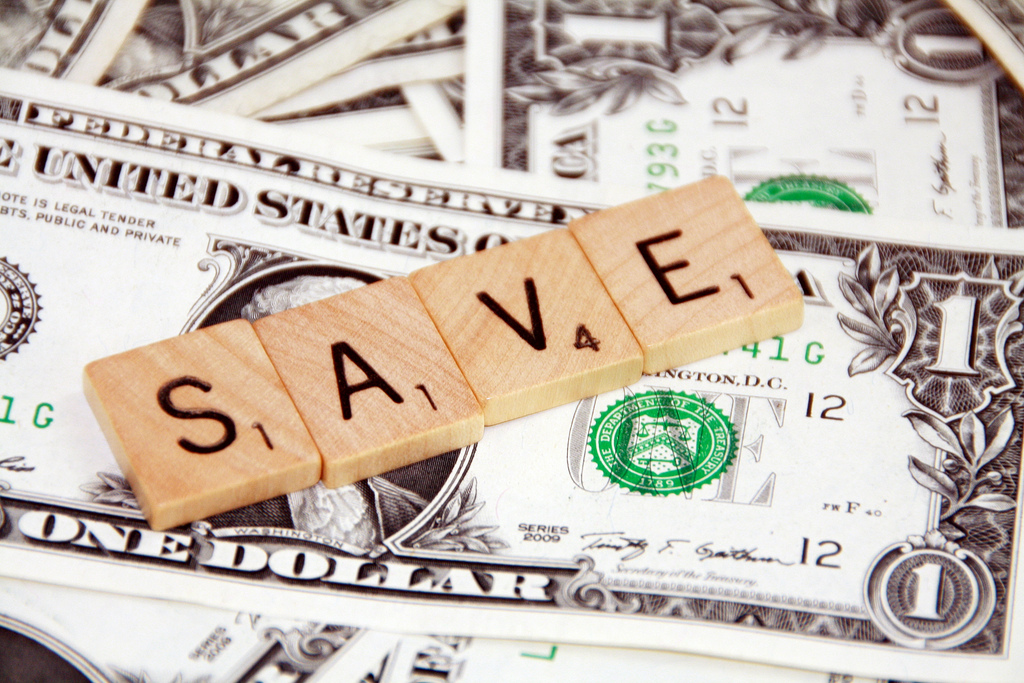
How to Build an Emergency Fund: A Step-by-Step Guide
Life is unpredictable. From car repairs to medical bills or job loss, unexpected expenses can arise at any time. Without an emergency fund, these events can push you into debt. so How to Build an Emergency Fortunately, building an emergency fund is a smart and achievable goal that can offer you financial peace of mind.
In this guide, we will explore how to build an emergency fund from scratch, and why it’s crucial for your financial security.
What is an Emergency Fund?
An emergency fund is a savings buffer that you can use to cover unexpected expenses or emergencies without relying on credit cards or loans. Whether it’s a job loss, medical emergency, or car breakdown, having an emergency fund ensures that you can handle life’s financial surprises without going into debt.
Why is Building an Emergency Fund Important?
Building an emergency fund is one of the most important steps you can take to ensure financial stability. Here are a few reasons why an emergency fund is essential:
| Reason | Explanation |
|---|---|
| Provides a Financial Safety Net | It acts as a cushion to avoid relying on credit cards or loans for unexpected expenses. |
| Reduces Stress and Anxiety | Having funds available eases the stress of financial uncertainty. |
| Helps You Avoid Debt | It prevents you from borrowing money during financial crises. |
| Preserves Long-Term Investments | Your emergency fund allows your long-term investments to grow instead of liquidating them when you face an emergency. |
How Much Should You Save for an Emergency Fund?
One of the first things to consider when learning how to build an emergency fund is how much money you should aim to save. A common rule of thumb is to save enough to cover three to six months’ worth of living expenses. This gives you a financial cushion in case you lose your job or face unexpected costs.
To calculate your ideal emergency fund amount, start by calculating your monthly expenses:
| Expense Type | Amount |
|---|---|
| Rent or mortgage | $1,200 |
| Utilities (electricity, gas, water) | $300 |
| Groceries | $400 |
| Insurance (health, car) | $300 |
| Transportation (car, gas, public transport) | $200 |
| Miscellaneous Expenses | $100 |
| Total Monthly Expenses | $2,500 |
Using the example above, multiply your monthly expenses by 3 or 6 months to determine your emergency fund target:
| Months of Expenses | Amount Needed |
|---|---|
| 3 months | $7,500 |
| 6 months | $15,000 |
You Might Also Like
- How Inflation in 2025 Affects Your Daily Life and Interest Rates
- Why Gold Price Increasing in India? What’s Driving the Surge?
- Chill Guy Coin: The Future of Crypto or Just a Trend?

Steps on How to Build an Emergency Fund
Building an emergency fund requires careful planning and discipline. Here’s how to get started:
1. Set a Realistic Savings Goal
The first step in how to build an emergency fund is setting a realistic target. If you haven’t saved anything yet, starting with one or two months’ worth of expenses is a good goal. This will give you a quick win and motivate you to continue saving.
| Goal | Target Amount |
|---|---|
| First Goal (1 Month) | $2,500 |
| Second Goal (2 Months) | $5,000 |
2. Automate Your Savings
One of the best ways to ensure you stick to your savings goal is to automate the process. Set up an automatic transfer from your checking account to your emergency fund savings account each month. This ensures that you prioritize saving, and you won’t be tempted to spend the money.
| Savings Frequency | Amount |
|---|---|
| Monthly Transfer | $200 |
| Biweekly Transfer | $100 |
| Weekly Transfer | $50 |
Start with a small, manageable amount, such as $100 or $200 each month. As your financial situation improves, increase the amount over time until you reach your desired emergency fund target.
3. Cut Unnecessary Expenses
When building an emergency fund, cutting back on non-essential expenses is key. Review your monthly expenses and see where you can make adjustments:
| Expense | Suggested Adjustment |
|---|---|
| Dining Out | Cut down to once a week or cook at home |
| Streaming Services | Cancel unused subscriptions |
| Coffee Shop Visits | Brew coffee at home instead |
Every little bit counts, and these savings can be directed into your emergency fund.
4. Increase Your Income
If your current budget isn’t allowing you to save enough, look for ways to increase your income. Here are a few options:
| Option | Potential Income |
|---|---|
| Side Jobs (freelance work, tutoring, rideshare) | $200–$1,000/month |
| Selling Unwanted Items (online sales, garage sales) | $50–$500 depending on items |
| Asking for a Raise | $1,000–$5,000/year |
Increasing your income will give you extra funds to add to your emergency fund and help you reach your goal faster.
5. Choose the Right Place to Save
When figuring out how to build an emergency fund, it’s crucial to store your savings in a safe and accessible account. The goal is to ensure your emergency fund is there when you need it but also allows it to grow slightly through interest.
| Account Type | Interest Rate | Pros | Cons |
|---|---|---|---|
| High-Yield Savings Account | 1–3% | Safe, easy access | Low returns compared to other investments |
| Money Market Account | 1–3% | Higher interest than savings accounts | Some require higher minimum balances |
| Certificate of Deposit | 3–5% | Higher returns | Less accessible (penalty for early withdrawal) |
Look for accounts with no monthly fees and the ability to easily access your money when needed.
6. Monitor and Adjust Your Fund Over Time
Once you’ve built your emergency fund, it’s important to periodically review and adjust it as your financial situation changes. If your expenses increase due to life changes (e.g., marriage, children, a mortgage), make sure to adjust your savings goal accordingly.
| Life Event | Adjustment to Emergency Fund |
|---|---|
| Marriage | Add an additional $5,000–$10,000 to account for new shared expenses |
| New Baby | Add an additional $3,000–$5,000 to cover healthcare, diapers, etc. |
| Home Purchase | Add $10,000–$15,000 for new home-related expenses |
Review your emergency fund every 6 to 12 months to ensure it’s still on track to cover your needs.
What to Do When You Have an Emergency
Once you’ve built your emergency fund, it’s important to know how to use it when an emergency strikes. Here’s a guide for tapping into your emergency fund:
| Step | Action |
|---|---|
| Assess the Situation | Determine if the expense truly qualifies as an emergency (e.g., medical bills, car repairs, job loss). |
| Use Only What You Need | Don’t drain the entire fund; use only the amount needed to cover the emergency. |
| Replenish the Fund | After using your emergency fund, prioritize refilling it to its original amount as soon as possible. |
Common Mistakes to Avoid When Building an Emergency Fund
While building an emergency fund is a simple concept, there are a few mistakes to avoid along the way:
| Mistake | How to Avoid |
|---|---|
| Dipping into the Fund for Non-Emergencies | Reserve the fund for true emergencies only (e.g., medical, car repairs). |
| Not Saving Enough | Be realistic with your savings goal. Aim for 3–6 months of expenses. |
| Ignoring Small Expenses | Even small cuts can add up. Review every expense for possible savings. |
Conclusion
Learning how to build an emergency fund is an essential step towards achieving financial security. By setting a realistic savings goal, automating your savings, and cutting unnecessary expenses, you can create a financial safety net that will help you navigate unexpected challenges without falling into debt.
Remember, an emergency fund isn’t just about having money available – it’s about creating peace of mind for yourself and your family, knowing that you can handle life’s surprises without compromising your financial future.
By following these steps and being consistent, you’ll be well on your way to building an emergency fund that provides long-term financial protection.



